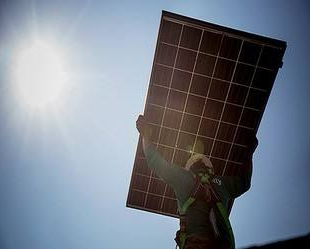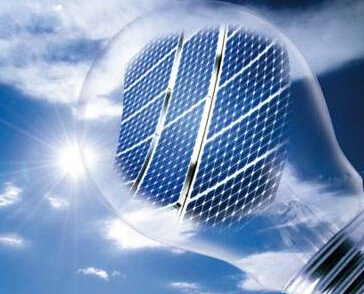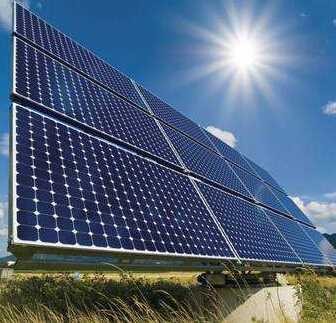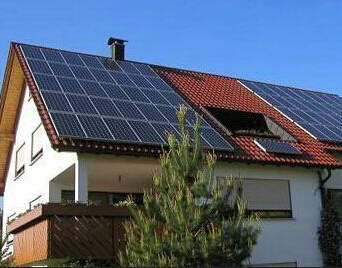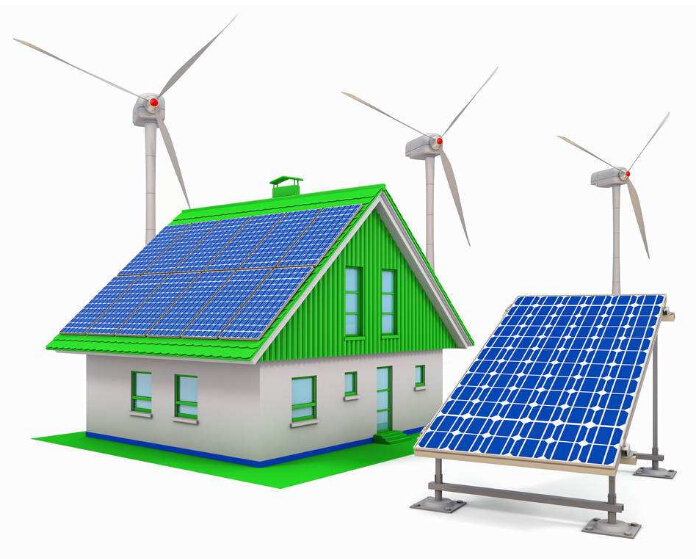Photovoltaic recycling is no longer an expensive material reuse that was considered 10 years ago. With the decline in photovoltaic costs, photovoltaic recycling is more concerned about how to dispose of the photovoltaic product after the end of its life cycle from an environmental perspective, especially how to deal with heavy metals in it. element.
Recently, a bill was passed in the US Senate and House of Representatives in Washington State to announce the state's new solar recycling policy. The bill requires the final design and implementation of a comprehensive solar product recycling program that is data-driven and takes into account the 50-year lifetime of photovoltaic modules in this area.
The bill requires the state government to set up a task force to delve into the end of solar life and use this information to suggest changes to the state government's existing plans to ensure its long-term success. The task force will be made up of a range of stakeholders, including industry representatives, to ensure that these recommendations remain relevant and reasonable for solar companies and customers in Washington. With the strong support of the House and Senate, the bill did not receive opposition from stakeholders.
With the first batch of commercial applications of photovoltaic products to be used for almost 20 years, the recycling of photovoltaic products has received global attention.
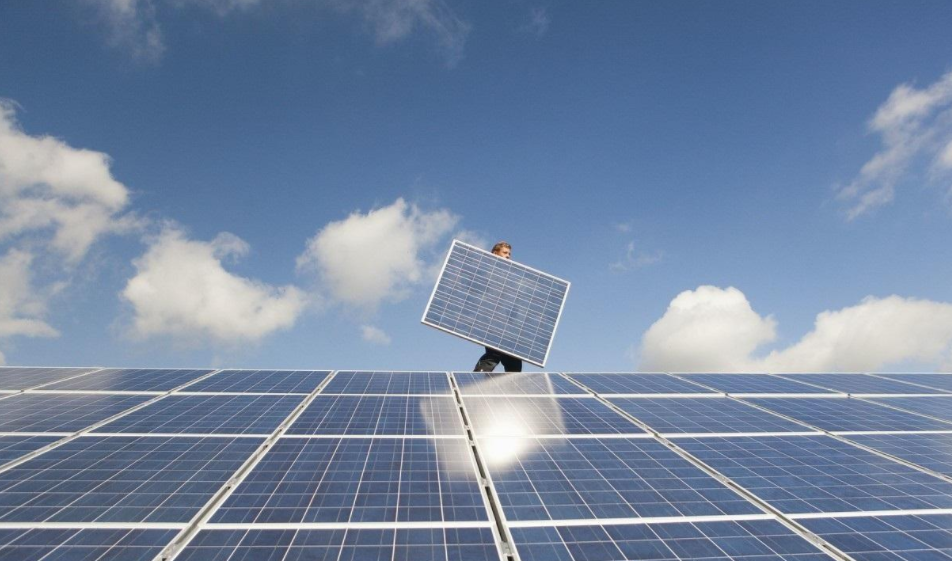
Since photovoltaics entered commercial applications, due to the small scale of its start-up, the recycling after the end of its life cycle has not been taken into consideration in applications, and the cost of product disposal has never been considered in commercial investment. Although many photovoltaic power stations have been updated and replaced, most of the replaced photovoltaic modules have entered the second-hand market, or have been discarded because of their small scale.
Before 2015, material recycling (such as metal silicon, silver) of scrap components was still meaningful, but with the reduction of silicon materials, component recycling has become an economically uneconomical investment. The photovoltaic module recycling plant established in Europe also needs to be supported by relevant organizations and associations to maintain operation.
When more and more photovoltaic power plants are about to be scrapped, the recycling and disposal of photovoltaic modules will inevitably become a "costly" thing. So, who will pay for these future "costs" in the future?
















 RCCN WeChat QrCode
RCCN WeChat QrCode Mobile WebSite
Mobile WebSite
